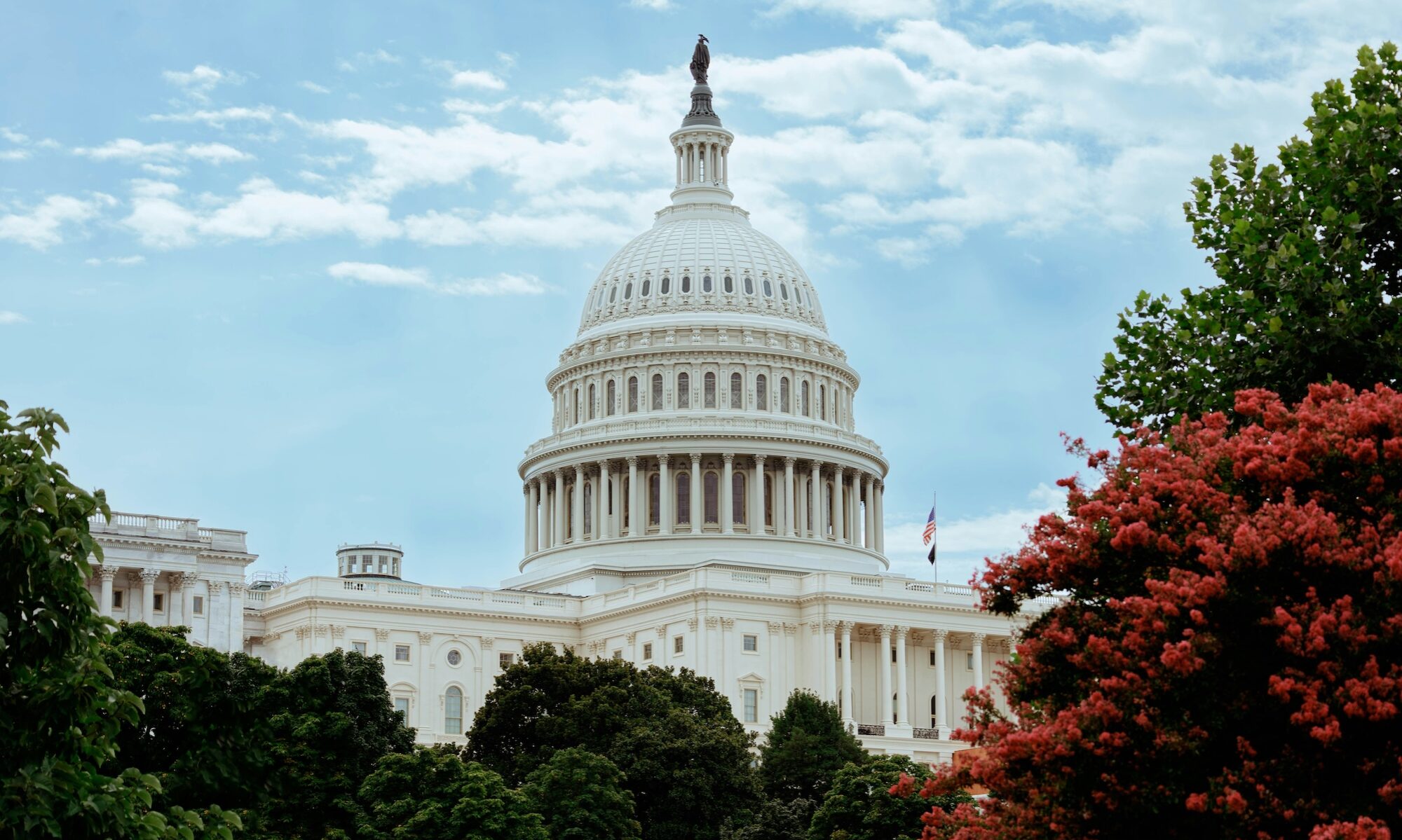In recent weeks there has been renewed conversation about the U.S. Dept. of Education in regard to its purpose, efficiency and even existence. Pres. Donald Trump signed an Executive Order directing the Sec. of Education to facilitate the closure of the Department and return education authority to the states, while continuing to ensure the effective and uninterrupted delivery of services, programs, and benefits on which Americans rely. In order to discuss this issue intelligently, know that today’s post will serve neither as advocacy of nor opposition to elimination; call it more of a fact-finding mission, attempting to actually be better educated, as opposed to being swayed by fervent rhetoricians.
The Dept. of Education was created in 1867 by Pres. Andrew Johnson for the purpose of collecting information and statistics about the nation’s schools. One year later, due to concerns about the potential for excessive federal control over local schools, the Department was demoted to an Office of Education, operating under the Dept. of the Interior.
Fast forward a century plus, when Pres. Jimmy Carter established the modern U.S. Dept. of Education as a cabinet-level agency. It became operational the next year with the stated mission to supplement state education efforts, coordinate federal education activities, ensure equal access to educational opportunities, and improve the management and efficiency of federal education activities. According to Carter, the goal was not to control schools and universities but rather to advise and assist them.
Interestingly, the calls to eliminate the Department came immediately after Carter’s tenure, with Pres. Ronald Reagan calling for the elimination of the agency in his 1982 State of the Union address. His primary goal was to reduce the growth of federal spending, believing the nation was in an economic “slump” and in need of strategic recovery. So why the back-and-forth that has continued through multiple administrations and generations?
Let’s acknowledge the complicating pieces. First, in the U.S., education is primarily the responsibility of states and local districts. The Constitution does not mention any role for the federal government in education, and according to the Tenth Amendment, anything not mentioned in the Constitution is left to the states to decide.
Let us next examine what the Department does, discerning what’s unique/what’s not. In accordance with the Department’s stated above purpose…
- They routinely collect data on education facilities across the nation.
- They manage federal special ed programs, including oversight of IEPs and 504 plans, as established through the Individuals with Disabilities Education Act (IDEA).
- They offer programs like the National School Lunch Program and the School Breakfast program, offering meals to students.
- They provide free preschool for children from low income families.
- They employ their own civil rights office.
- They enforce Title VI (which prohibits discrimination based on race, color or national origin) and Title IX (which prohibits sex discrimination in education programs or activities).
- They work to reduce perceived education inequalities between states.
- They attempt to ensure education in areas of extreme poverty are not neglected.
- They manage federal student loans under FSA (Federal Student Aid), including Pell Grants and work-study programs, currently managing a portfolio of approximately $1.5 trillion; they are the largest source of loans for college students.
Let us next acknowledge the cost. With the smallest staff of the 15 federal Cabinet agencies, the Department has the third largest discretionary budget. Their budget for 2024 was $268 billion — $254 billion more than when it was established. One metric often examined is how much this equates to on a per student basis.
Summarily, the agency has spent over $3 trillion in its existence. The back-and-forth elimination question thus seems to stem from two primary questions: (1) does it take this much money? … and (2) is this something most efficient at a federal level? Would the states do a better job at being effective?
After much research and speaking to a few career education experts (of varied political persuasion) this debate seems not necessarily a case of right/wrong or solely one correct answer. There is far more to ask and discern. I especially appreciate the experts’ respectful admonition to learn more about actual outcomes tied to expenditures.
I appreciate the experts’ excellent questions… how do we ensure education in areas of extreme poverty is not neglected? How do we ensure our kids with special needs are not forsaken? How do we continue to invest in all of our kids? What do the states need to do differently? What if some states don’t do education well? What happens if local districts lose current, relied-upon funding? Can we truly discern the educational outcomes tied to federal expenditures?
Hence… is an option to minimize as opposed to eliminate? Is there a way to be more efficient with the dollars we spend? And who is best to do what? The state, local or federal government?
There’s a reason this debate has persisted for decades; there are lots of questions. Sounds like time to sincerely ask, sedulously examine, and shrewdly answer.
Respectfully…
AR
